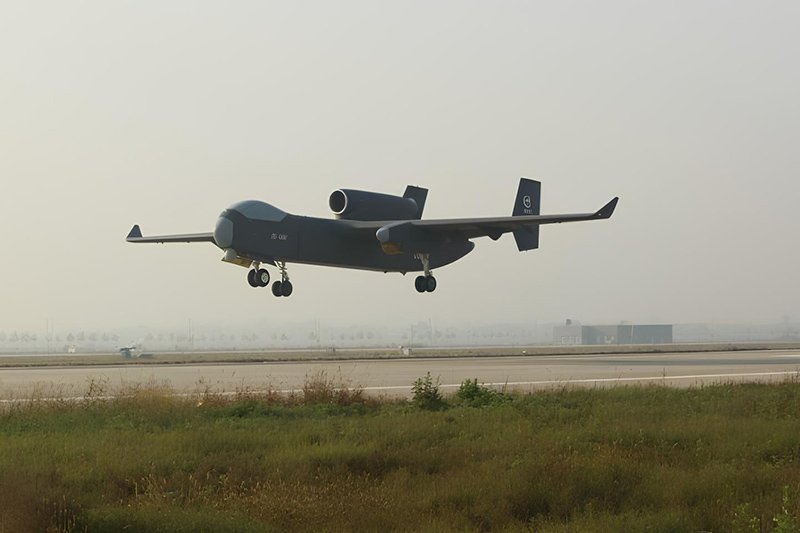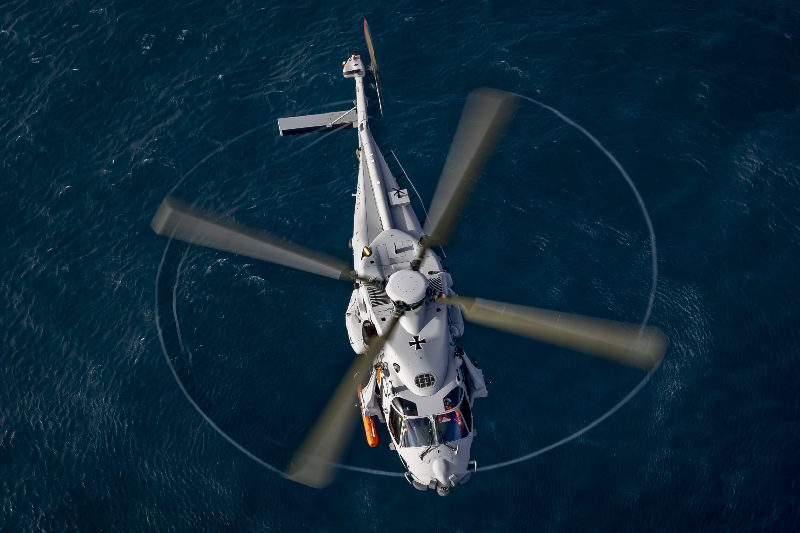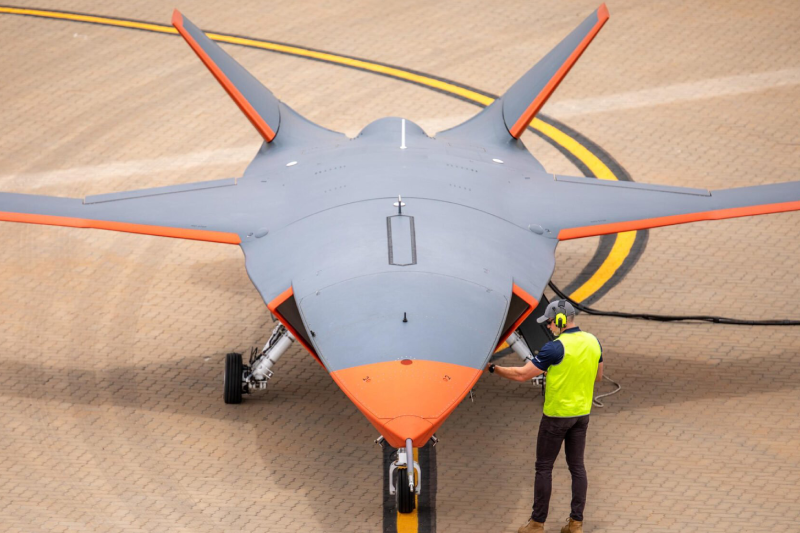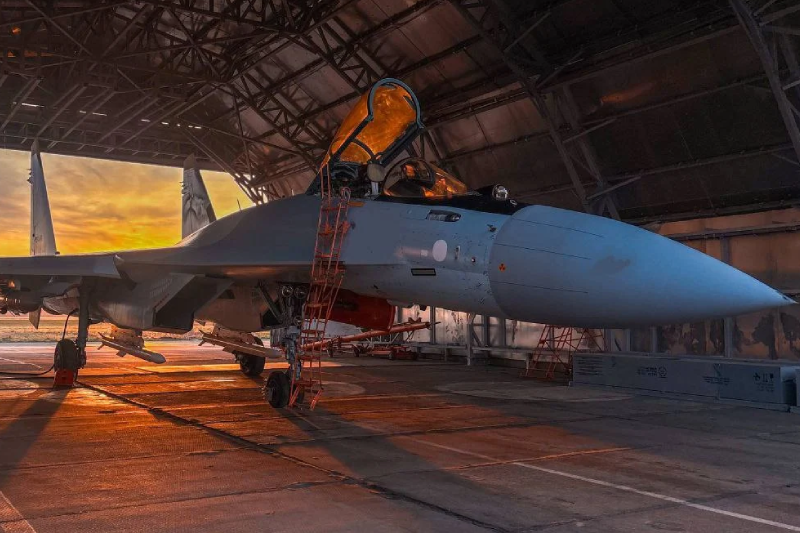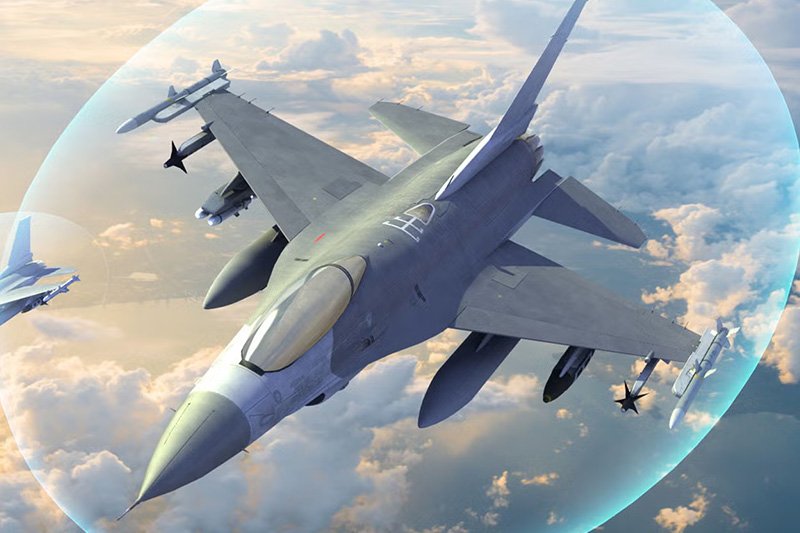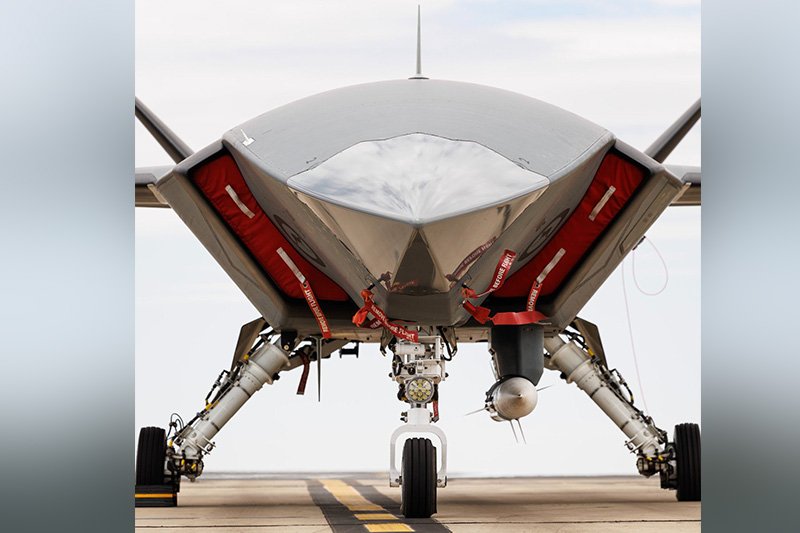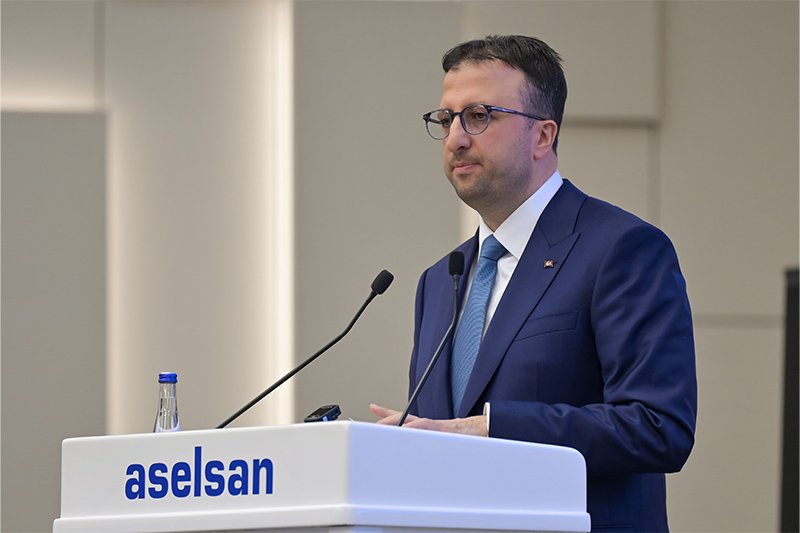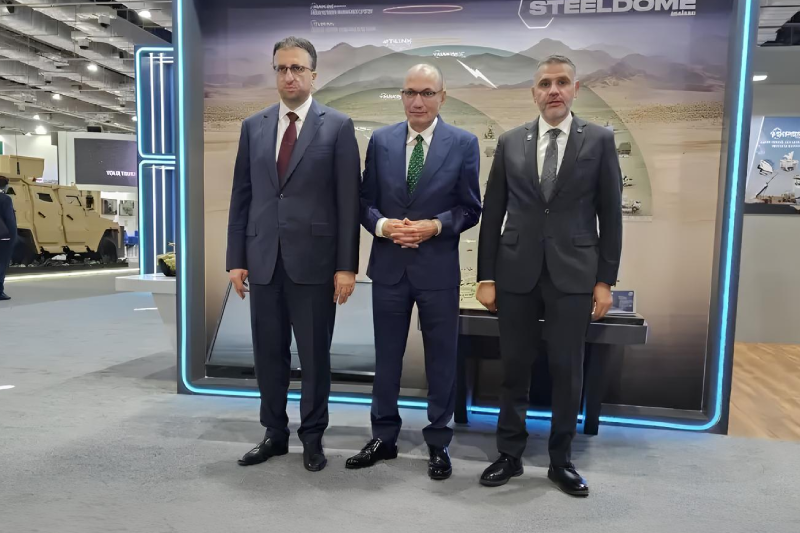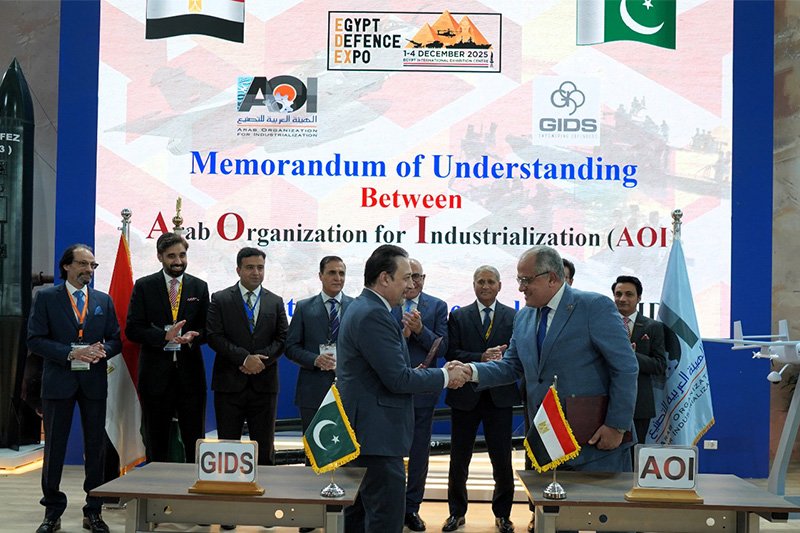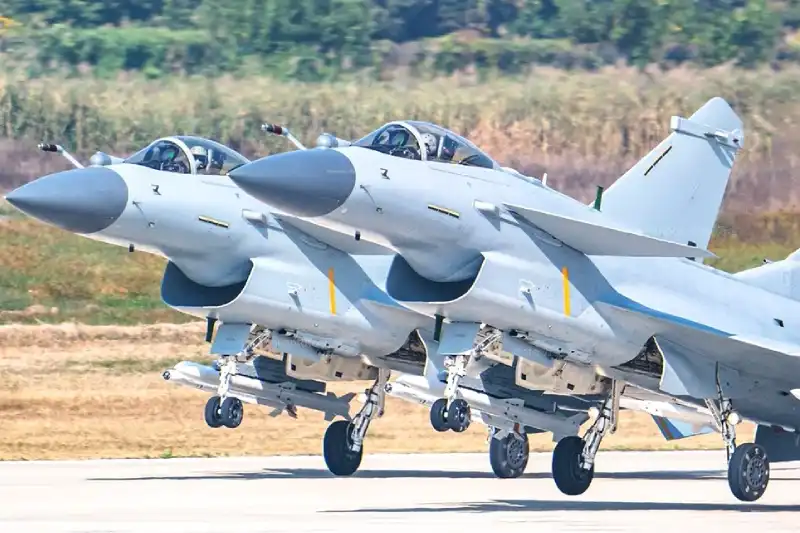Trump Claims 5 Fighter Jets Downed in India-Pakistan Clash
Trump claims 5 Fighter Jets downed in India-Pakistan clash as United States President Donald Trump disclosed details of the intense aerial engagement between the two South Asian rivals. He stated that five jets were shot down during the India-Pakistan conflict, offering one of the most detailed descriptions of the air battles that nearly escalated into a full-scale war between the nuclear-armed neighbors. Speaking at a White House dinner with Republican lawmakers, Trump claims 5 Fighter Jets downed in India-Pakistan clash, while crediting American diplomacy for preventing what he described as a potential nuclear conflict between two of Asia’s most powerful military forces.
The statements issued by Trump gave a unique understanding of the extent of aerial encounter in India-Pakistan tussle that broke out after the Pahalgam attack in Indian-occupied Kashmir. The claim by the President when he said that the air-to-air combat incident that characterized the crisis had seen the shooting down of five jets constitutes the only specific figure of the loss of lives given by any of the topmost American officials.
He seriously put the issue to be even a worse scenario as planes were literally being shot down in an atmosphere like that when the tension was going on between the nuclear powers. His description highlights the seriousness of air battles which have pushed South Asia to the limits of the most significant military conflict in decades.
The Pakistani military officials took the credit of shooting down 7 Indian planes in retaliation to Indian airstrikes on their sides. Initially the Pakistan Air Force reported 6 confirmed kills in air-to-air combat, before upgrading this number, showing the fluidity of the battle damage assessment during active hostilities.
Pakistan claimed that it had scored tallies against various Indian fighter planes over contested airspace and that the Pakistani forces had gained upper hand in the air supremacy aspect at key periods of the warfare. These claims are embedded in Pakistan and are a component of the Pakistan defensive narrative that is built around its counter attack against Indian airborne attack.
Indian military leaders admitted of considering the change of tactics after the losses on the first day and India top general recognised that New Delhi had changed tactics after experiencing air losses on the initial day of fighting. It is unusual that the defeat suffered at the beginning of what would be a complex air campaign would be admitted as such.
The follow-up creations of tactical changes by India reportedly allowed it to create operational advantages even before the ceasefire talks started, which is an idea of adaptive military planning on an abnormal amount of pressure. Nevertheless, particular aircraft loss is debated among the contesting war bodies.
In his version, Trump highlights direct American participation in a de-escalation of the crisis, and the President himself says that he managed to prevent serious, serious wars using diplomacy. According to the reports, the White house was in constant touch with both Islamabad and New Delhi during the escalation period.
The mediating efforts of America summed up with the signing of a ceasefire on May 10, which Trump described as preventing a possible nuclear war between the parties to the conflict in the region. The Chief of Army Staff of Pakistan, Field Marshal Asim Munir, was particularly thanked by the President because of the cooperative work in attaining the diplomatic breakthrough.
Built-in pressure tactics Diplomatic by definition is the expression or policy of a state government as opposed to that of an individual person. Diplomatic courtesy is the same thing as diplomatic pressuring. It means to say, to press about something with the idea of discouraging or persuading against. Diplomatic pressuring is to say that diplomatically with a view of discouraging or urging to abandon.
In order to induce both sides to de-escalate, Trump administration is said to have used many tools of diplomacy, sometimes acting as threats to cut off trade talks. These are the pressure measures that demonstrate the awareness on the part of Washington regarding the devastating nature of the possibility of military confrontations between India and Pakistan because of the nuclear capacities of both of these nations.
Even after Indian officials have denied the American mediation on at least three occasions, state department officials continue to carry the same messaging that the US is leading to the center stage of the act. The words recently written by spokesperson Tammy Bruce in defense of the administration storyline means that America is still very focused upon diplomatic success rhetoric.
The situation on the air was also expressed through the losses in the aerial fighting, which marked the threat of the conventional military confrontation between India and Pakistan to evolve into the nuclear one. Both countries have enormous nuclear arsenal and any military conflict between them is the issue concerned with world security and as such has to be subjected to international focus as soon as possible.
The fact that Trump described the conflict as two serious nuclear powers striking each other shows the alert sense of policymakers in America on the risks of their escalation. The successful de-escalation is a vital experiment in the art of crisis management among antagonists with nuclear arsenals in the region.
The crisis took place in the context of the changing American strategic alignment with South Asia. India is becoming a more significant addition to the process of countering the Chinese influence in all the regions of Asia-Pacific by Washington, whereas Pakistan remains a valuable ally in the process of countering terrorism.
Multilateral networks of relationships, in which the relationships and interests of the American and Chinese states had been competing in active hostilities, needed also a high level of sophisticated diplomatic maneuvering, as American officials strived to maintain strategic partnerships without allowing warfare inside this region and triggering regional hostilities that would have destabilized the regional and the entire security architecture of Asia.
Officials of the Indian government insist that New Delhi never relied on any third party or as they indicate that no mediation or intervention was involved by Americans during the crisis. The official Indian stance focuses on bilateral solutions to the problem between India and Pakistan without the intervention of other parties, which is a reflection of India as the traditional view of the region to be autonomous.
This position contradicts with what Trump has stated in public regarding the action of American intervention as decisive, which has led to sustained diplomatic tension in interpretation of historical events leading to the resolution of the crisis. The constant rejections of Indian authorities indicate resentment of possible constraints to sovereign decision making.
Dont miss this: PAF’s JF-17 Thunder Block III Steals Spotlight at UK Airshow
Pakistan stands more in line with the version of Trump which credits quiet American diplomacy as well as direct interference of the White House in reaching the de-escalation. This Pakistani approach substantiates the larger discourses of international community having responsibility of ensuring stability in the region.
The outcome of the crisis despite the mediation details was that good precedents were laid down on how to deal with India-Pakistan tensions in the nuclear age. The range of restriction of conventional warfare and rapid de-escalation proved to be both illustrations of threats and regulating mechanisms of regional conflicts.
Trump gives an extensive explanation of aircraft losses and diplomatic intervention that can give precious knowledge about crisis dynamics that were almost leading South Asia into the most harmful military conflict in recent years since the two countries had nuclear weapons potential and establish parameters within which future preventive forces might be coordinated.
Join us on Facebook, Twitter, YouTube, Instagram, and TikTok for real-time coverage of defense events worldwide.
Discover more from International Defence Analysis
Subscribe to get the latest posts sent to your email.


